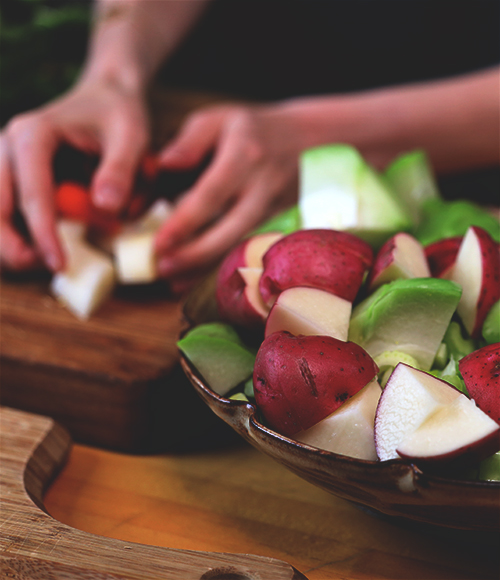Should My Child Share My Same Diet?

Nutritional science is relatively new, constantly changing, and there are many unknowns. One can point to many benefits or flaws to every kind of diet, whether it be vegan, keto, etc. In addition, everyone has a unique set of genes, experiences, or environment that make a person more likely to follow a particular eating style over another. Should we subject our children to our own biases?
Your child should be eating foods you are comfortable preparing and are excited to share, however; it is the responsibility of a parent to expose their child to the most well-rounded diet as possible to prevent allergies and selective eating in the future. We also want our children to have positive associations to all foods to create a healthy relationship with foods This means you may need to adapt your child’s meals from your own. Below are some guidelines to help follow to ensure your child is getting the nutrients they need.
Focus on Whole Foods:
This means avoiding processed foods and serving as many foods in their original form as possible. This means serving fresh fruits, vegetables, grains, proteins and fats.
Diversify:
The lack of fruits and vegetables children are receiving in the United States is staggering. The recommended goal is to aim for your child to eat 30 vegetables or fruits a week. Benefits include reduction in pickiness at a later age, building a diverse microbiome to in return, build a stronger immune system. This may sound challenging at first but if you count onions, garlic, herbs, etc., one smoothie or bowl of soup could easily contain 5-10 of these ingredients that count toward your weekly intake!
Serve a Balanced Plate:
If your personal diet is more protein heavy, you may want to focus on serving vegetables and whole grains with each meal. If your diet is more plant-based, make sure your child is eating a complete set of amino acids (i.e. complete protein) by incorporating legumes, whole grains, nuts and seeds. You will also need to ensure your child is getting enough iron, calcium and B vitamins through targeted vegetables. Servings of these food categories can be spread throughout the day, so there is not a need to stress if a food category is missing from a single meal). However, the more balanced the plate is (e.g. including protein, starches and healthy fats), the more satiated the child will feel.
Keep it Positive:
Above all, mealtimes should be enjoyable! Our job is to offer the foods in a fun way to avoid resistance and stress. There are many opportunities to try a strategy again later that day or later that week.





















Leave a Reply